Scentsational Plants
Fragrance is a funny thing. What appeals to one person may not be as sweet to the next. That’s why cosmetic companies make so many brands, and that’s why nurseries stock so many species.
Walking out onto the thin ice, I’m going to offer up a few of my favorites. Maybe some of these will be ones that you’ll like as well. I’ll list them in rough chronological sequence of bloom.
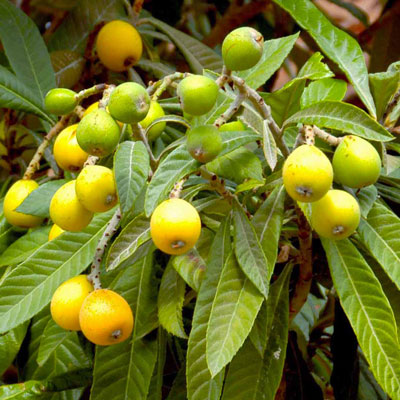
Loquat I love this small evergreen tree (to 20 ft. tall and wide) with the huge, tropical leaves. Unfortunately, North Texas where I live is slightly too cold for it to survive the winters reliably. South Texas also was back in February 2021. But gardeners went right back to planting them because they’re beautiful – and fragrant.
Loquat blooms in fall, but you may not even notice the flowers, that is, until you smell them. They’re delightful, and they’re followed by plum-like fruit that make delicious jelly once they mature in the spring (assuming they aren’t frozen over the winter). I hope you have a spot where this plant could thrive in your garden. If you do, it and you will be happy together.
Sweet olive (Osmanthus fragrans) Its small flowers aren’t showy, but their fragrance fills the entire garden. It’s a deep green, evergreen shrub to 6 or 7 feet tall. Like loquats, they’re suited to the southern half of the state, preferring highly organic and consistently moist soils in partial or full shade.
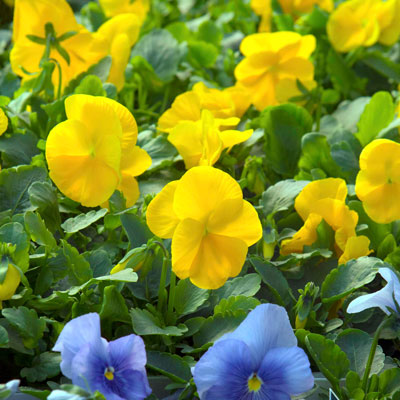
Pansies and violas They’re the best-selling annual flowers in Texas year-in and year-out. That’s because they’re dependable and colorful. The fact that they’re fabulously fragrant doesn’t hurt them a bit. Plant them from 4-inch pots in October and enjoy their sweet smells now through April. Grow them in full sun, in rich, well-prepared garden soil. Note: You may want to wait a week or two to plant pansies. They become lanky at temperatures approaching 90F.
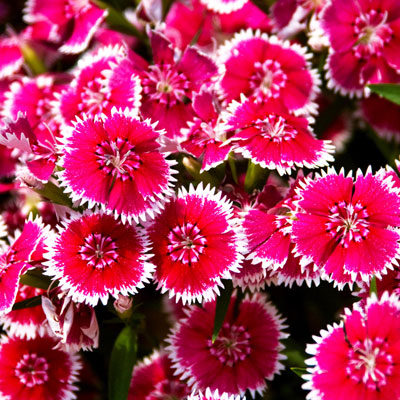
Pinks If clove is your fragrance, these little flowers will send you into ecstasy. They’re sisters to carnations, but they can be grown in outdoor beds. In fact, they’re as cold hardy as pansies, and their blooms come in all combinations of red, pink, lavender and white. They grow to 10 to 12 inches tall and wide, and they bloom all winter and well into the spring.
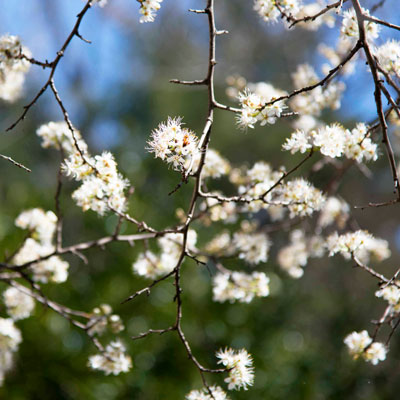
Mexican plum This is a great little tree. It’s native across a big band of Texas, growing to 15 or 20 feet tall and wide. It’s coarse textured for an interesting look, and it bears colorful fruit each fall that makes wonderful jelly (if wildlife doesn’t get to it first). Its white flowers in the spring persist for a couple of weeks, and during that time they fill the air with sweet smells that almost everyone loves, bees included.
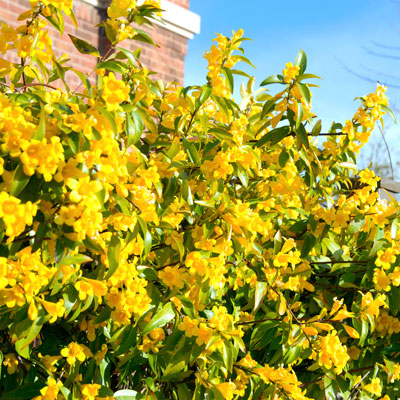
Carolina jessamine This is a refined grower that prefers shade and that has lovely buttery yellow spring blooms that are deliciously fragrant. What’s not to love about all of that! Use it to cover arbors or fences where you want a vine that won’t overtake all that grows near it.
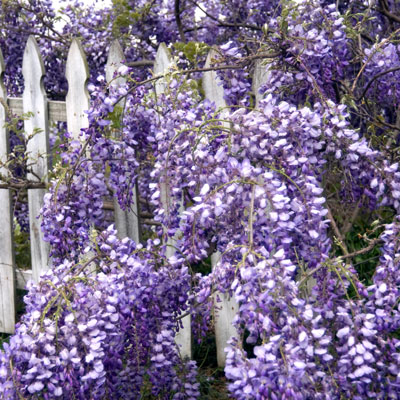
Wisteria This vine grows like a horse. It gets big, and it needs support to match. It can show iron deficiency in alkaline soils west of I-35, but Texans still grow it for its fragrant lavender or white flower clusters each spring. Just give it 30 or 40 feet of space in which to grow.
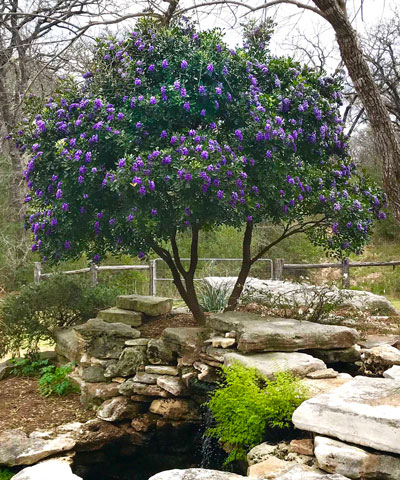
Texas mountain laurel Native to the Texas Hill Country, where late March and early April smell divine, this is an evergreen shrub that grows to 12 or 16 feet tall and 10 or 12 feet wide (bigger farther south). Its flower clusters have the sweet fragrance of grape soda. Plant it on a well-draining site. Protection from extremely cold winds is also advisable, especially as you try it toward the I-20 corridor.
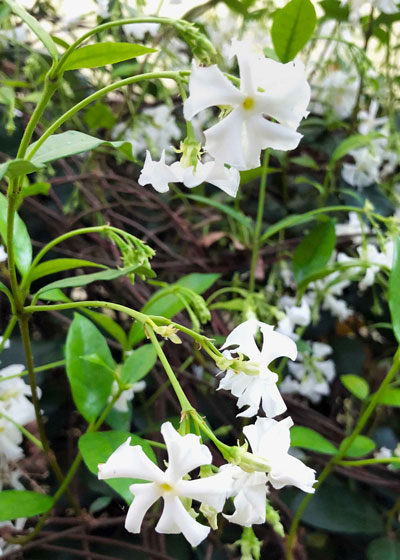
Star jasmine Also known as “Confederate jasmine,” this vine is a sister to Asian jasmine groundcover. However, unlike its low-growing sibling, star jasmine covers itself with pinwheel-shaped white flowers each spring. Their fragrance is beyond description. However, the plant is just not reliably winter hardy in the northern half of the state. I grow mine in a large pot and put it into the greenhouse over the winter. I love it that much, but most gardeners wouldn’t go to all that trouble for 25 years like I have!
So that’s my list, albeit partial. I had to drop off hyacinths, honeysuckle, nicotiana, gardenia, moonvine and moonflower – and others I didn’t even think of. Too much fragrance. Too little space.
